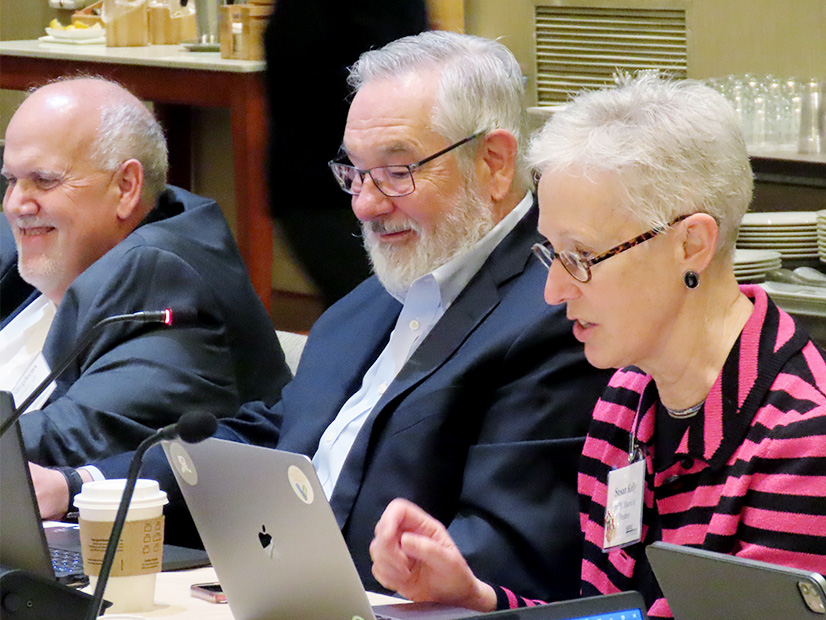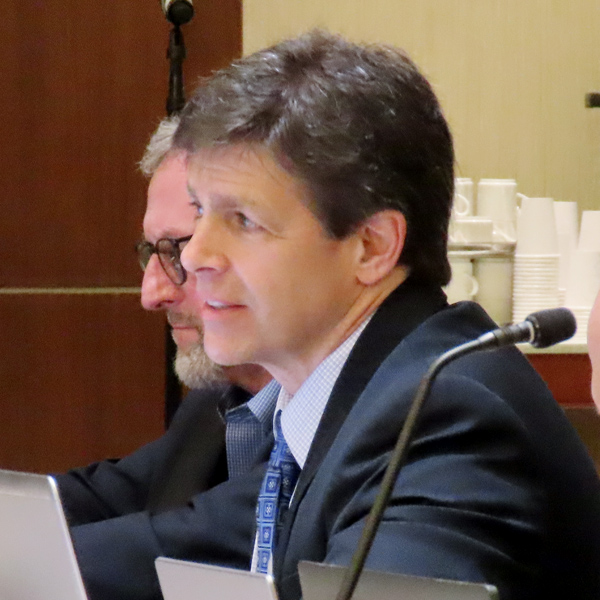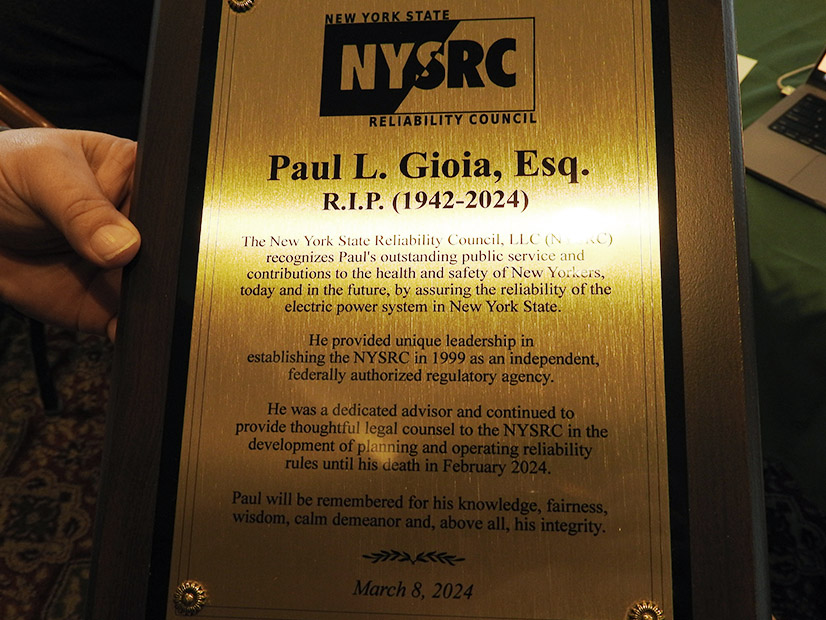The 3rd U.S. Circuit Court of Appeals on March 12 vacated FERC’s order allowing PJM to revise a capacity market parameter for the DPL South zone after the 2024/25 Base Residual Auction had been conducted but before the publication of its results, ruling that it constituted retroactive ratemaking, a violation of the Federal Power Act’s filed-rate doctrine.
PJM sought the authority to revise the locational deliverability area (LDA) reliability requirement for the zone, which covers the Delmarva Peninsula, after preliminary analysis of the BRA showed a nearly fivefold increase in capacity prices. (See P3 Challenges FERC Ruling on PJM Changes to 2024/25 BRA at 3rd Circuit.)
The RTO attributed the increase to its practice of increasing the reliability requirement for small LDAs when it’s expected that solar resources or large generators could create an elevated need for imports to cover any outages of those resources. PJM had anticipated those circumstances to be present in DPL South, but the expected resources ultimately did not enter into the market, potentially leaving consumers with a sharp jump in capacity prices.
PJM said the DPL South clearing price would have been about $393/MW-day under the status quo rules, while under the revised reliability requirement the zone cleared at $90.64/MW-day, an increase over the $69.95/MW-day price in the 2023/24 auction.
The court ruled that PJM’s tariff mandates that auction parameters, including LDA reliability requirements, be posted prior to the auction being conducted. Pointing to precedent set in Oklahoma Gas & Electric Company v. FERC, the court wrote that a change is retroactive when it affects a past action that resulted in a legal outcome.
“The relevant inquiry is simply whether the tariff amendment alters the legal consequences attached to past actions,” the court said. “The tariff is clear that PJM’s calculation and posting of the LDA reliability requirement carried a legal consequence. … That simple instruction means what it says: The calculated and posted LDA reliability requirement cannot be altered outside of the limited circumstances enumerated in the tariff. Adjusting for certain resources’ lack of participation was not one of them.”
To change the DPL figure, FERC had approved PJM revising its tariff to exclude planned generation capacity resources from the calculation of an LDA’s reliability requirement if the addition of such resources increases the requirement by more than 1% and the resources do not enter a sell offer into the auction. The court limited its ruling to vacating FERC’s order as to the 2024/25 BRA, leaving the changes in place for future auctions.
FERC argued in its order and before the court that because no capacity obligations had been assigned nor clearing prices determined, revising the parameter would not change any standing rates. Commissioner James Danly dissented from the 3-1 order, arguing the order was a retroactive rate change that would cause market dysfunction by undermining investor confidence in the predictability of the rules by which PJM runs its markets and how the commission regulates them. He predicted the order would be challenged and ultimately vacated by the courts (ER23-729).
The commission also argued PJM tariff language allowing it to conduct the auction while “minimizing the costs of satisfying the reliability requirements” justified the change. But the court said that would hold the broad goal of minimizing costs over the specific requirements detailed in the tariff’s ordering of the steps in administering the auction.
While there are circumstances under which the tariff permits PJM to revise the reliability requirement after the auction has closed, the court ruled those are limited and specifically enumerated exceptions. Applying tariff provisions allowing for correcting errors in the auction results would render specific provisions moot in favor of broad language, it said.
The Electric Power Supply Association (EPSA) applauded the court’s decision, saying it preserves certainty in PJM’s markets.
“EPSA is pleased that the court so quickly and definitively resolved the questions raised here: that the filed-rate doctrine bars FERC from changing auction rules after the fact. The importance of certainty cannot be overcome based on an arbitrary decision to change the outcome of an auction,” EPSA CEO Todd Snitchler said. “Looking ahead, market operators would be well served to operate consistent with the tariff. If changes are needed, market operators should apply them prospectively as has been the practice for decades and as the filed-rate doctrine requires. Doing so will only help to ensure participants’ confidence in the market’s operation.”
A PJM spokesperson said the RTO is reviewing the decision and would not comment.


